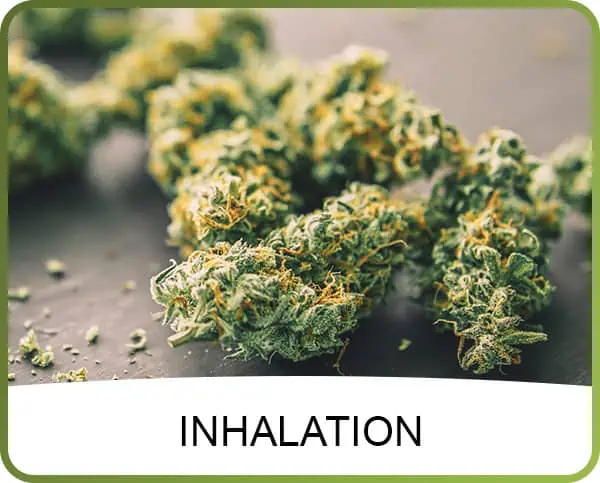In a paper published Wednesday, a team of psychiatrists and anesthesiologists showed that ketamine’s rapid effects are due, at least in part, to its activation of the opioid receptors. Amid the ongoing opioid crisis in the United States, this finding could serve to complicate the redemption narrative that ketamine is currently enjoying in the public eye.
“We think ketamine is acting as an opioid,” Alan Schatzberg, M.D., a professor of psychiatry and behavioral sciences at Stanford University and one of the study’s authors, tells NPR. “That’s why you’re getting these rapid effects.”
Schatzberg has received research funding from Janssen, the lab that conducted the Phase 2 clinical trial on a ketamine nasal spray, as well as from several other drug companies. To do this double-blind crossover study, he and his colleagues gave 12 volunteers with treatment-resistant depression one of two pills before injecting them with ketamine: either a placebo or a dose of naltrexone, a drug that blocks drugs from binding with opioid receptors. This study design allowed the researchers to measure whether ketamine’s binding to opioid receptors is necessary for its antidepressant action. Since the experiment was a crossover study, participants received both treatments at different points in time.
The subjects whose opioid receptors weren’t blocked before getting ketamine — those who got the placebo — reported much stronger reductions in depression measures than the patients who took naltrexone. However, the latter did still experience reduced depression, suggesting that ketamine’s action may not be totally opioid-related.
An average of 33 days later, the subjects returned to receive the other treatment condition — if they got a placebo the first time, this time they got naltrexone, and vice versa. After looking at the results of that treatment, the researchers concluded that their findings supported their opioid hypothesis: Ketamine-induced reductions in depressive symptoms were far stronger when the opioid receptors weren’t blocked.

 Phoenix
Phoenix Chandler
Chandler Sun City
Sun City Oils & Tinctures
Oils & Tinctures Gummies & Capsules
Gummies & Capsules Topicals
Topicals Inhalation
Inhalation CBD For Pets
CBD For Pets
